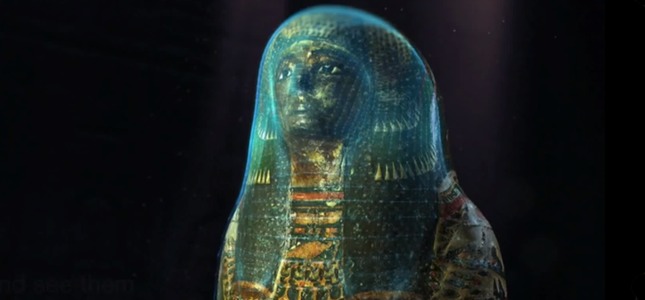
While it first opened back in May 2014, it was scheduled to come to a close on the 30th November 2014, but with the extension into next year there’s a whole lot more in the way of opportunities to try to fit the exhibition in before it shuts its sarcophagus doors.
Tickets cost £10 for adults, £8 for 16 – 18 years, the unemployed, students and disabled persons (disabled person’s assistant entry is free), £5 for National Art Pass holders and it’s free entry for under 16 years. You’re probably best booking online, although a £1 booking fee applies, but if you do want to just turn up on the day there are a limited number of tickets available to buy, but they sell out quickly so you might want to turn up with a fair bit of time to spate to avoid disappointment and you might have to wait for your timed exhibition entry too.
What’s really cool about the Ancient Lives New Discoveries exhibition is that out of the eight different mummies there isn’t a single prince or king amongst them, reiterating the reality of the practice. Instead, what you get is everything from a young man preserved in the sand and a man embalmed for the afterlife to a high ranking priest’s daughter and a temple door keeper.
The other smart aspect of the display is that is also manages to cleverly wrap up the sheer breadth of time that the ritual of mummification has been in practice. The youngest mummy in the exhibition is a christian woman from Sudan from the medieval period, around 700AD, whilst the oldest example is the young man preserved in sand that dates all the way back to around 3500BC.
There’s no real uniformity in the look of the mummies, which is probably explained by the time differences between them, but some of them are literally nuts. The mummy from the Roman period looks like it’s had its face drawn on with a felt tip pen. There are also a few very plain, preserved examples, while others have elaborately decorated sarcophagi, depending on their varying states of power and wealth.
The Ancient Lives New Discoveries exhibition swirls up the story of each of the mummies included in the exhibition to show the diversity of the origins, time frame and nature of the mummification of each person. What it shows most for us is the deep seated need to try to understand death and the afterlife, which is no different now than it was more than five thousand years ago.


